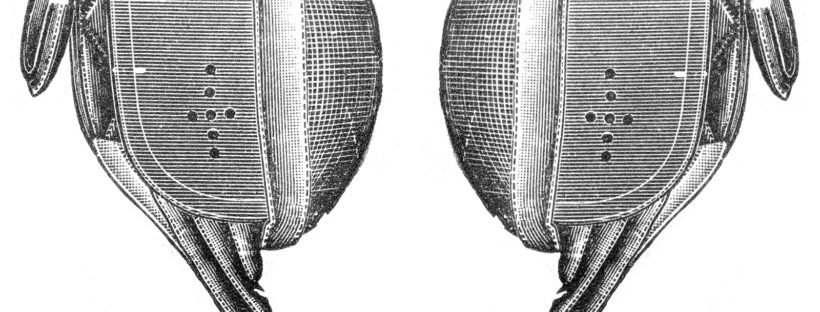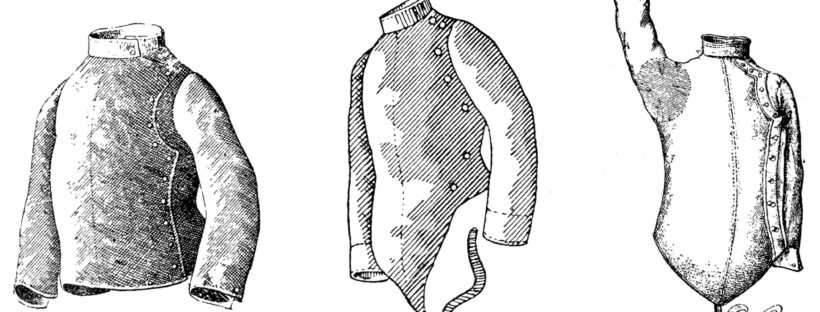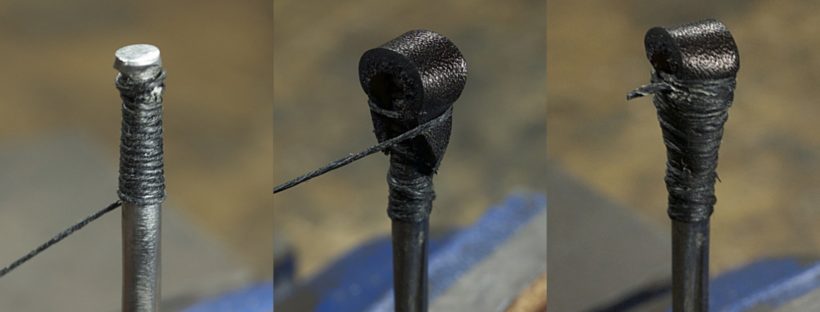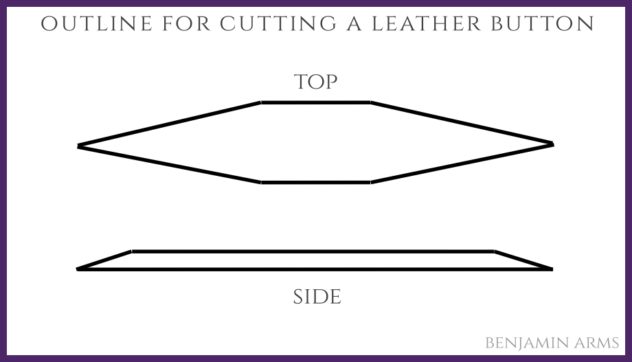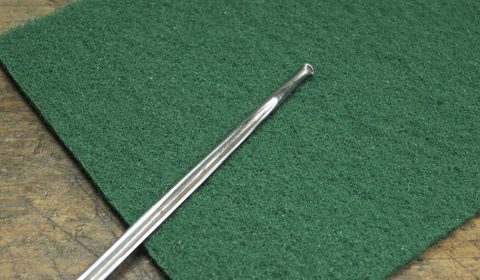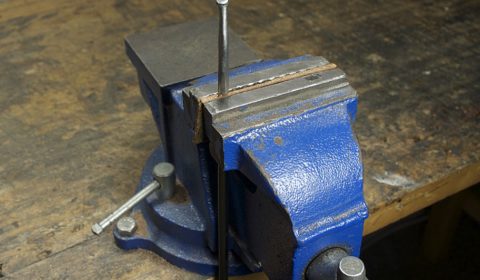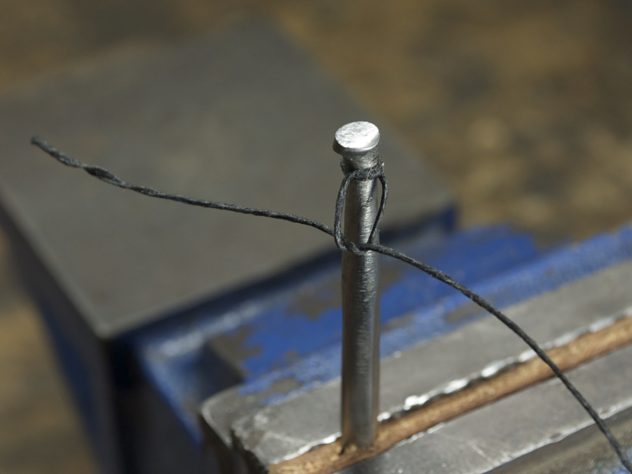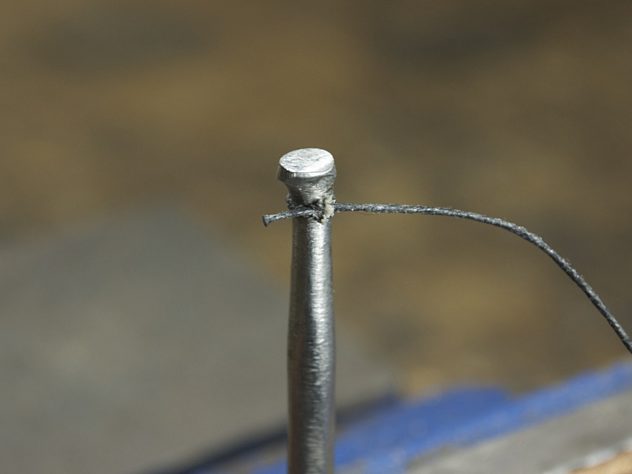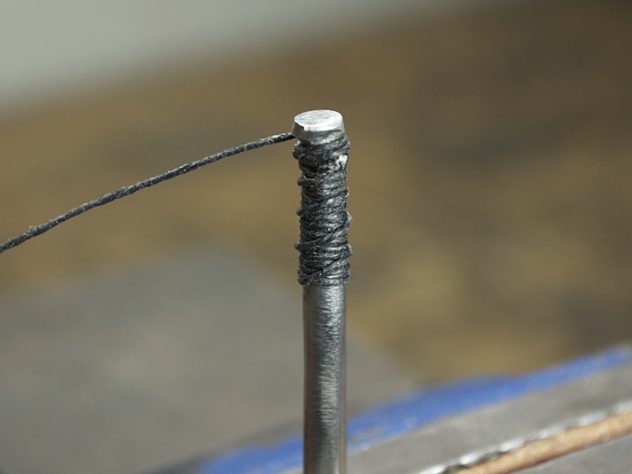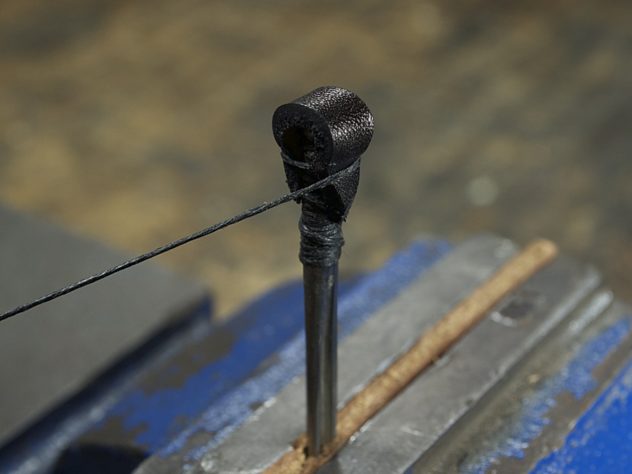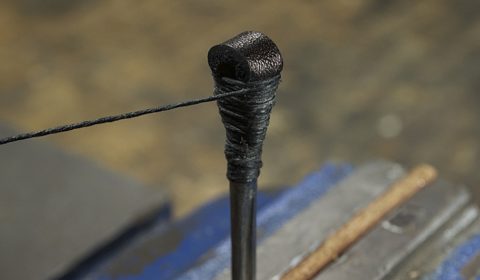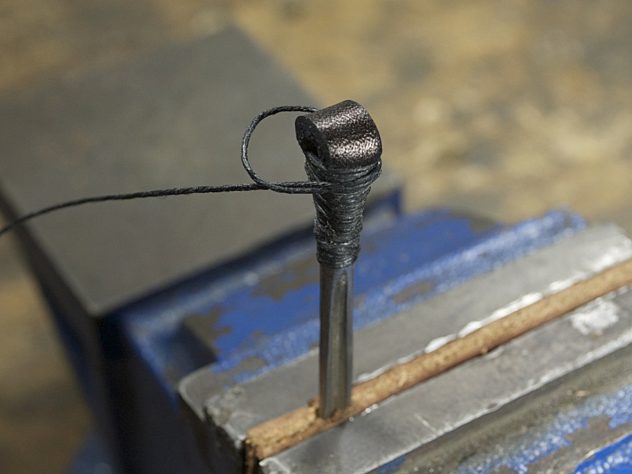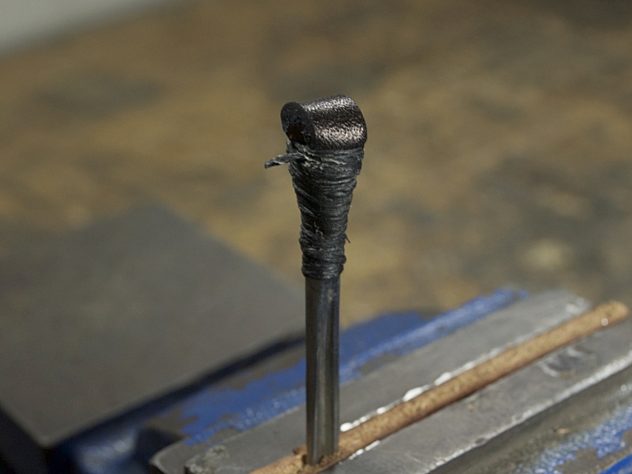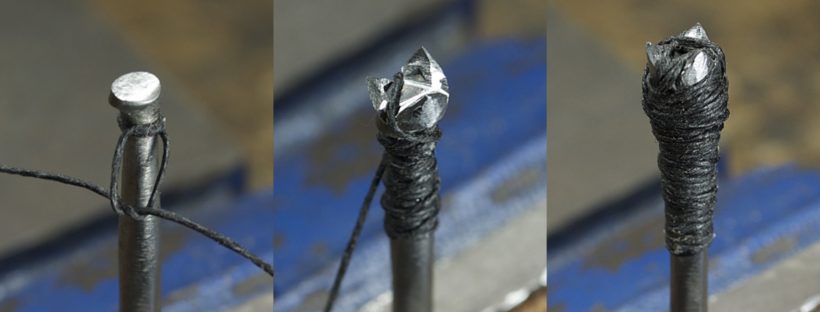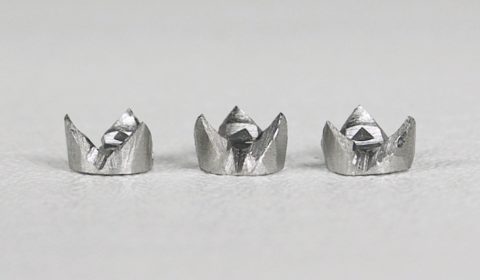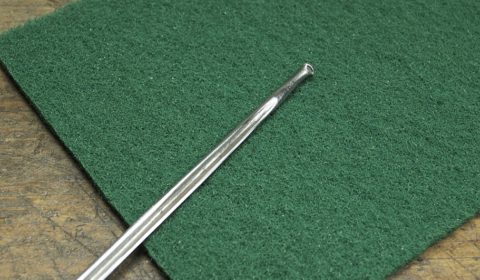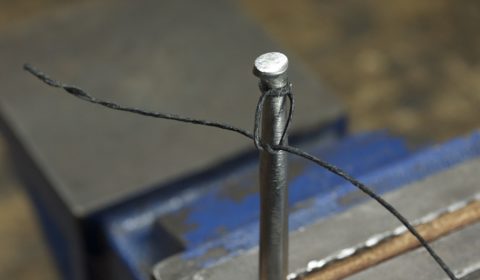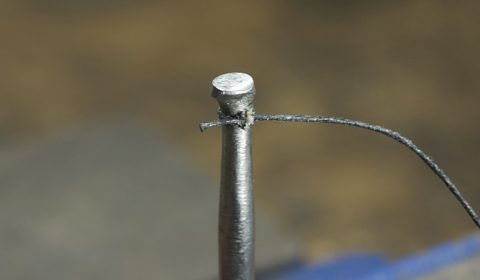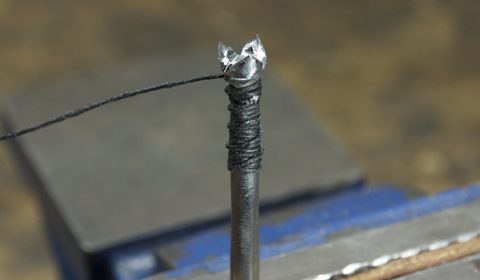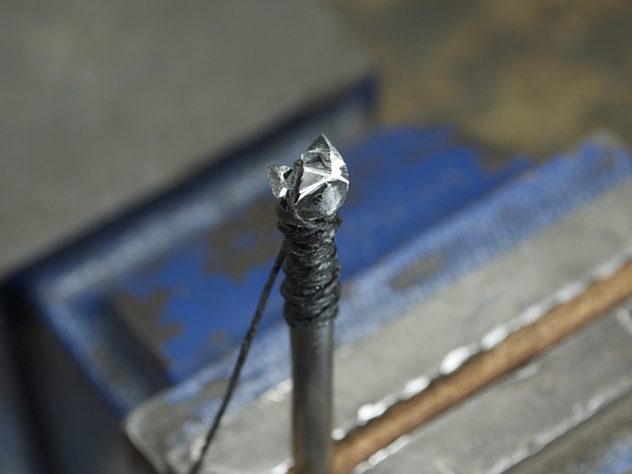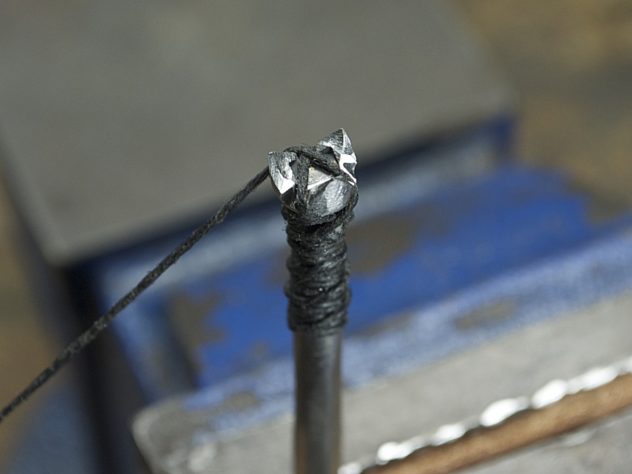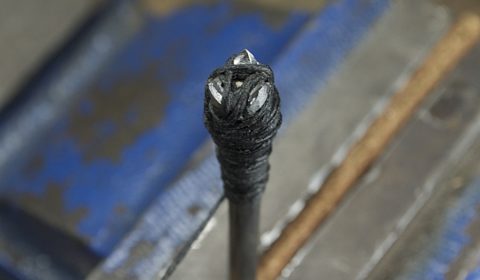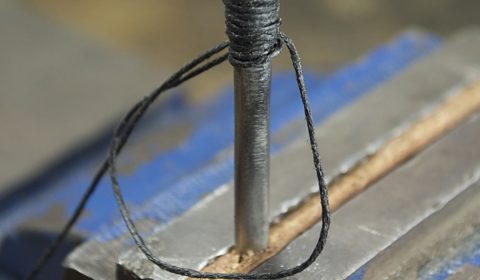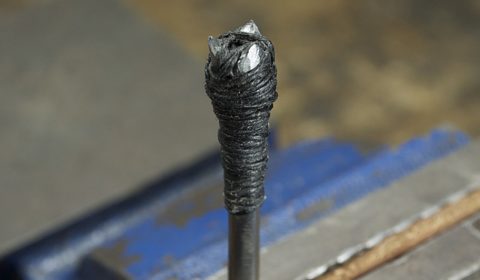Fencing target practice at home helps perfect basic and complex actions to stay in top shape for class and assaults. Our practice targets can be used by all levels of fencers to practice a variety of techniques and actions.
Below are sample drills for all our targets starting with our Foil Practice Target for practicing structure and attacks at your own pace. The Hanging Practice Ball adds a moving target and timing and is especially valuable for epee fencers. The most versatile is the Target & Ball combo that allows for all previous drills and some of the more complex exercises.
Remember, it’s up to you to deliberately practice the skills you’ve learned in class such as complete extensions, exact hand positions, and flawless lunges. Take your time; this practice is for you.
Wall Target
Our Foil Practice Target features a felt-covered wood backboard with 2″ upholstery foam to cushion the impact of your strikes. The target has a center bulls-eye and horizontal, vertical, and diagonal target rails. The vertical and horizontal rails divide the target into four quadrants representing the four lines of attack. The diagonal rails represent the “bull’s eye” for each quadrant.
Fencers may first warm up by practicing on the center bulls-eye and then start specifically targeting each diagonal rail with the corresponding hand position.
Drills
Accuracy
Measure your lunge distance to the target and practice hitting the exact center. Carefully practice fully extending your arm before lunging, the position of your hands, shoulders, knees, and recovering to a proper guard.
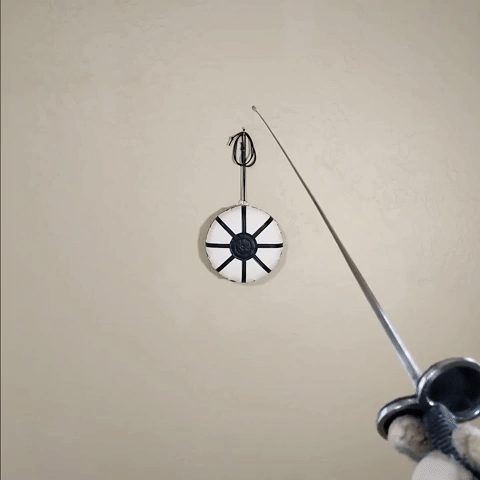
Quadrants
Extend and lunge at each diagonal rail with the corresponding hand position (French school’s 6, 4, 7, 8, for example). These quadrants represent the four lines of attack.
Advanced: Practice less common hand positions, such as the French school’s 1, 2, and 3 positions.
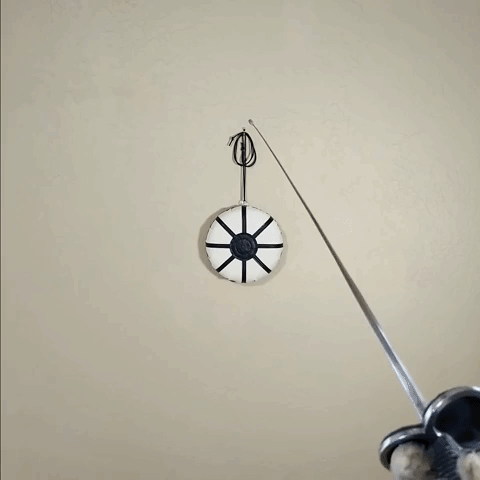
Compound Attacks
While in full extension practice compound attacks by feinting at various diagonal rails. Practice any and all compound attacks you’ve learned in class.
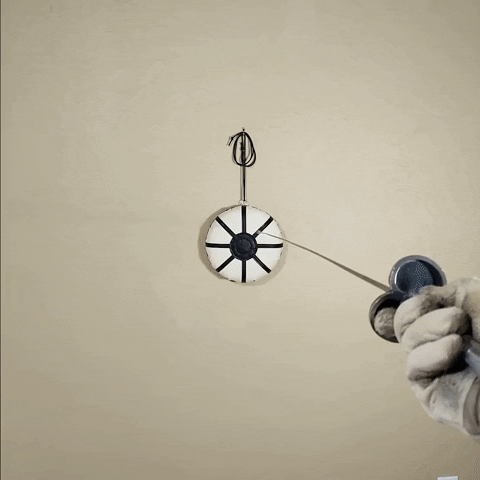
Reposts
Measure extension distance to the target and set yourself on guard in any hand position. Repost at this close range to the direct line corresponding to your hand position. The difference of this drill to the “Quadrants” drill is being in extension distance rather than lunge distance, therefore simulating a repost after a parry.
Advanced Variation: Same as above, but repost while holding a lunge at lunge distance to practice counter-reposts.
Advanced Variation: Instead of reposting in the direct, straight line, repost off-line (diagonally or laterally).

Hanging Ball
Most fencers have seen or heard of practicing with a hanging ball like in the photo below. Our hanging ball is wall-mounted on a shorter string (shorter than from the ceiling, for instance) so that the pendulum tempo can be more representative of an adversary’s weapon in motion.
The hanging ball does not resist your strike like a wall target does, so practice on the ball removes the expectation of resistance upon a hit and therefore encourages your attacks to be exact and controlled.
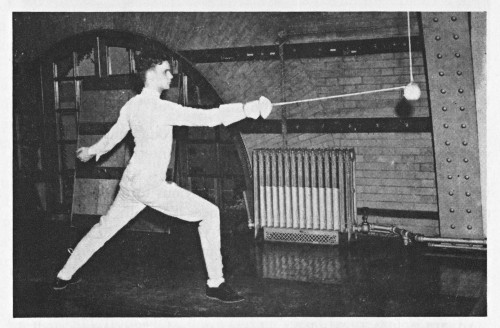
Drills
Hitting a Moving Target
Take your extension distance to the ball and practice hitting the ball in motion. Don’t wait for the ball to be completely stationary to attack again. Practice in all hand positions and be mindful to return to a complete guard before the next attack.
Advanced Variation: Expand the distance to demi-lunge, lunge, or advance-lunge distance.

Deception
The swinging ball can represent your opponent’s attempt to take your blade. Position yourself on guard at a close enough distance so that the point of your weapon is one inch past the ball. Set the ball swinging side to side and practice deceiving around the ball into finished hand positions.
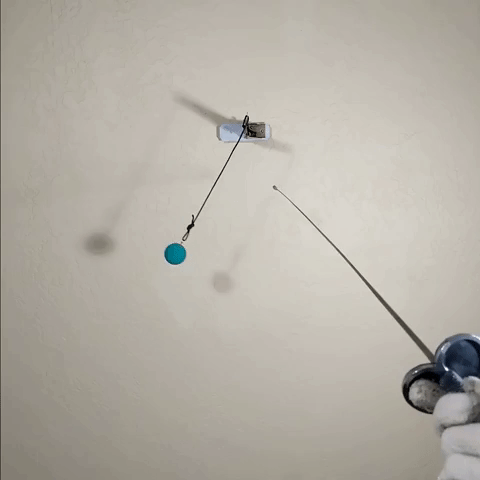
Stop Thrust
Set yourself on guard at extension distance to the ball and set it swinging lightly front to back. Hit the ball as it swings back towards you with a stop thrust.
Advanced Variation: The same as above but with a lunge-back in a variety of hand positions.

Target & Ball
The two of these targets together gives fencers the most drill variety for fencing target practice at home with all the above exercises as well as a few that are unique to having both targets together.
The hanging ball can be raised or lowered to swing in front of (and protect) the wall target’s high or low quadrants.
Note: If you already have one of our wall targets you can easily suspend it from the hook incorporated into our hanging ball’s mounting plate.
Drills
Attacking Around the Ball
Position yourself at lunge distance to the wall target and set the ball swinging side to side. As the ball reaches it’s apex on one side, and starting from any hand position, fully extend and lunge to one of the two quadrants protected by the ball. Set the ball high to protect high-line quadrants and low for low-line quadrants.
Note: In the French school, if the hand is properly angled (thumb at 1 o’clock or 11 o’clock) the blade will bend around the hanging cord.
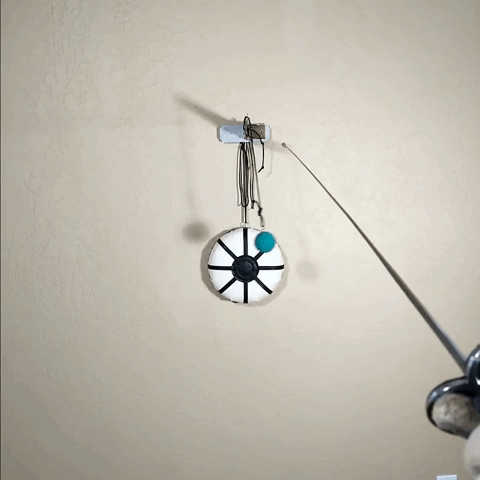
Compound Attacks Around the Ball
Position yourself at lunge distance to the wall target and set the ball in a low position swinging side to side. As the ball reaches its apex on each side, feint with full extensions to the opposite lateral or diagonal lines. Lunge after one, two, or three consecutive feints.

More Variations
There’s lots more fencing target practice at home than what we can include in this blog. Ask your instructor for more drills and they’ll surely provide you with more and likely with some tuned to your specific training needs.
Shorter or Taller Adversaries: The wall target should be set so that the bull’s eye is at the height of your sternum. Advanced fencers can raise or lower the target to simulate shorter or taller opponents. The hanging ball can be adjusted similarly.
Add Footwork: Set yourself farther away from the target and practice additional footwork with your attacks such as advance-lunge or pass-forward lunge. Advanced fencers can incorporate a swinging ball to practice their own footwork and bladework against an opposing tempo.
Mounting and Adjusting
Our wall targets and hanging balls include all necessary mounting hardware. We recommend mounting both at 62″ from the floor regardless of your own height.
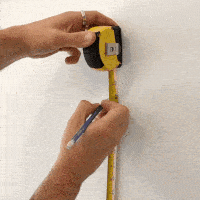
Adjusting for Height
Once mounted, all our targets can be raised or lowered with the cord to adjust to any fencer’s height. We recommend setting the wall target’s bull’s eye at the height of your sternum.
Mounting Instructions
Mounting instructions for each target can be found on the following pages:

